For decades, the Virginia Beach Oceanfront was a staple of summer fun, a destination for both locals and tourists, known for its lively atmosphere and scenic beauty. However, recent events have cast a shadow over its reputation, raising concerns about safety and the area’s future.
Growing up here, the oceanfront meant weekend bike rides starting at Rudee Inlet, dinner at Waterman’s and, of course, the free concerts at 24th Street. Now, “let’s go to the beach” automatically means driving down Sandbridge Road to secure a $4 parking spot at Little Island.
Crowds have always been a part of the beach experience, but lately they have become out of control at the oceanfront. Increased foot traffic, late-night disturbances and recent reports of violence have made many residents think twice before taking the trip. Police presence has increased, but so has tension.
The oceanfront no longer feels carefree; it feels chaotic.
During “Spring Break Weekend” from April 25 to 27, 2025, the Virginia Beach Police Department responded to several incidents at the oceanfront. Over a 48-hour period, officers made 53 arrests and filed nearly 200 criminal charges, many related to firearm violations. Out of the 53 arrests made, only 14 of the individuals are native to Virginia Beach, according to the City of Virginia Beach statistics.
Why is this surprising? Well I would think they would feel the same way I do. With the ages of the arrests ranging from 14-43 years old, part of me thinks they’d had the same experiences that I did growing up. It makes me wonder, what changed and when did the oceanfront’s crime rate rise?
The summer of 2020 is when everything seemed to go wrong. Aggravated assaults spiked 75% from the previous summer, burglaries more than doubled and what was once Virginia Beach’s key destination began to descend into chaos, according to the Virginian Pilot.
The pandemic may have initially cleared the beaches, but when restrictions were lifted, something had changed. Social media began amplifying Virginia Beach as a party destination, drawing crowds from hours away who had no connection to our community and no investment in preserving what made this place special.
This transformation has not just changed the atmosphere, but it is reshaping the entire economic landscape of our oceanfront. Local businesses that once thrived on repeat customers and family tourism are now caught in an impossible position.
As foot traffic increases and trust in the environment decreases, fewer families and long-time visitors are sticking around to spend their money. Personally, I can’t even imagine making a trip to the oceanfront to visit businesses I have been to for years. I want to support, but it is not worth it. For a city that built the oceanfront for family-friendly fun and local pride, it is a major loss.
Some might argue that change is inevitable, that as cities grow, so do their crowds, problems and reputations. They will say we should be grateful for this economic boost that tourism and popularity may bring and that if we want peace and quiet, we can always drive a little farther down the coast. But that mindset dismisses the voices of the people who built this community, who live here year-round and who are now watching a heavy piece of their home become unrecognizable.
We should not have to choose between safety and fun, between local pride and economic gain. We can, and should demand both.
The Virginia Beach Oceanfront does not need to go back in time, but it does need to move forward with intention. City leaders must prioritize policies that protect residents and support local businesses, not just cater to one weekend’s revenue or build a 70,000 square feet music venue. We do still have the Amphitheater just 20 minutes down the road.
The oceanfront can still thrive, but it needs real solutions, not short-term fixes or overlooked concerns. What’s at stake is not just tourism or revenue, it is the character of Virginia Beach, which I think is worth protecting.

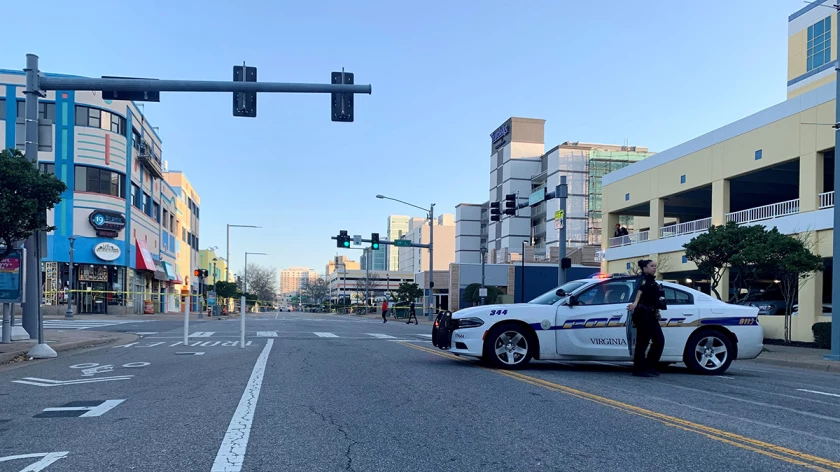
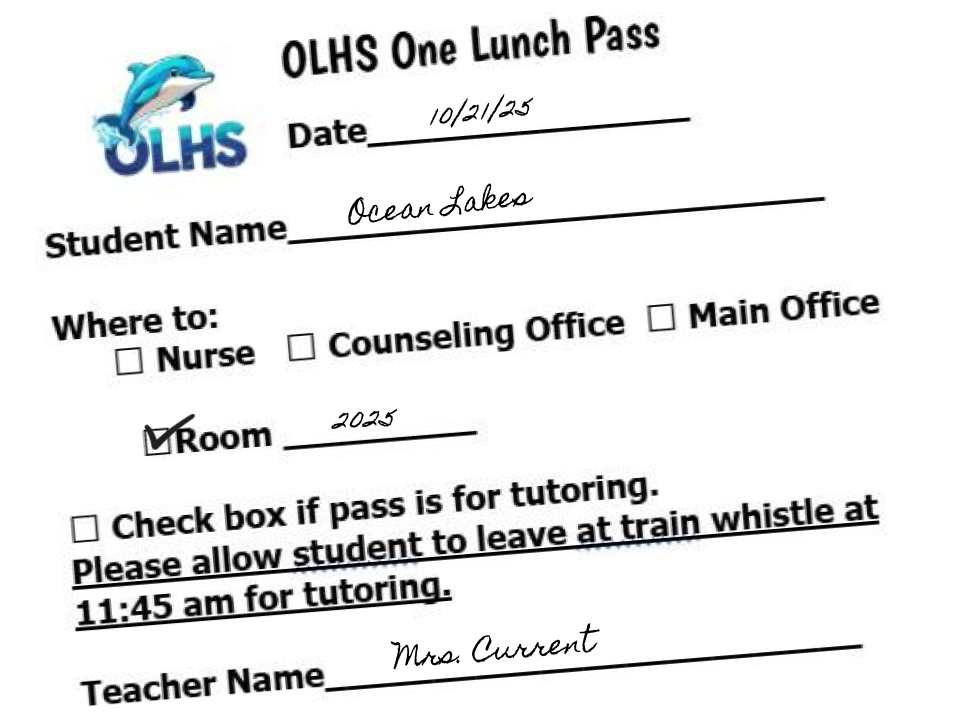


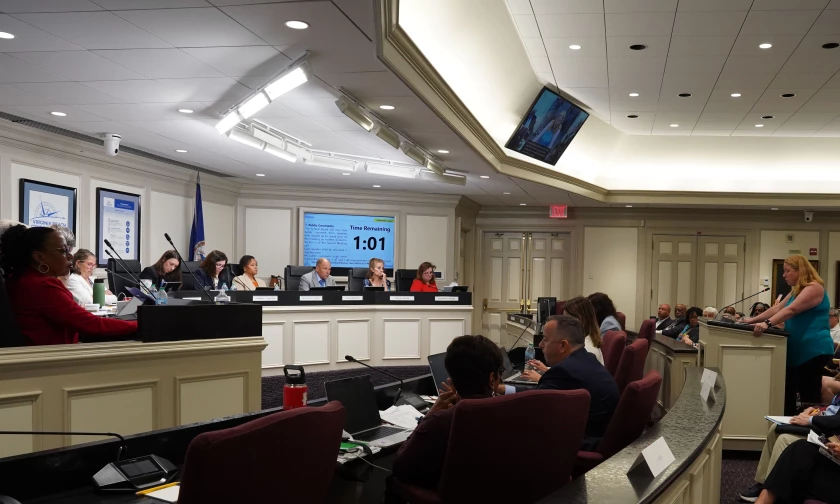

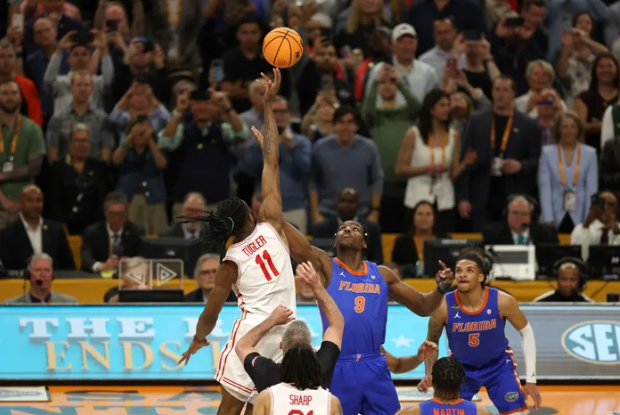
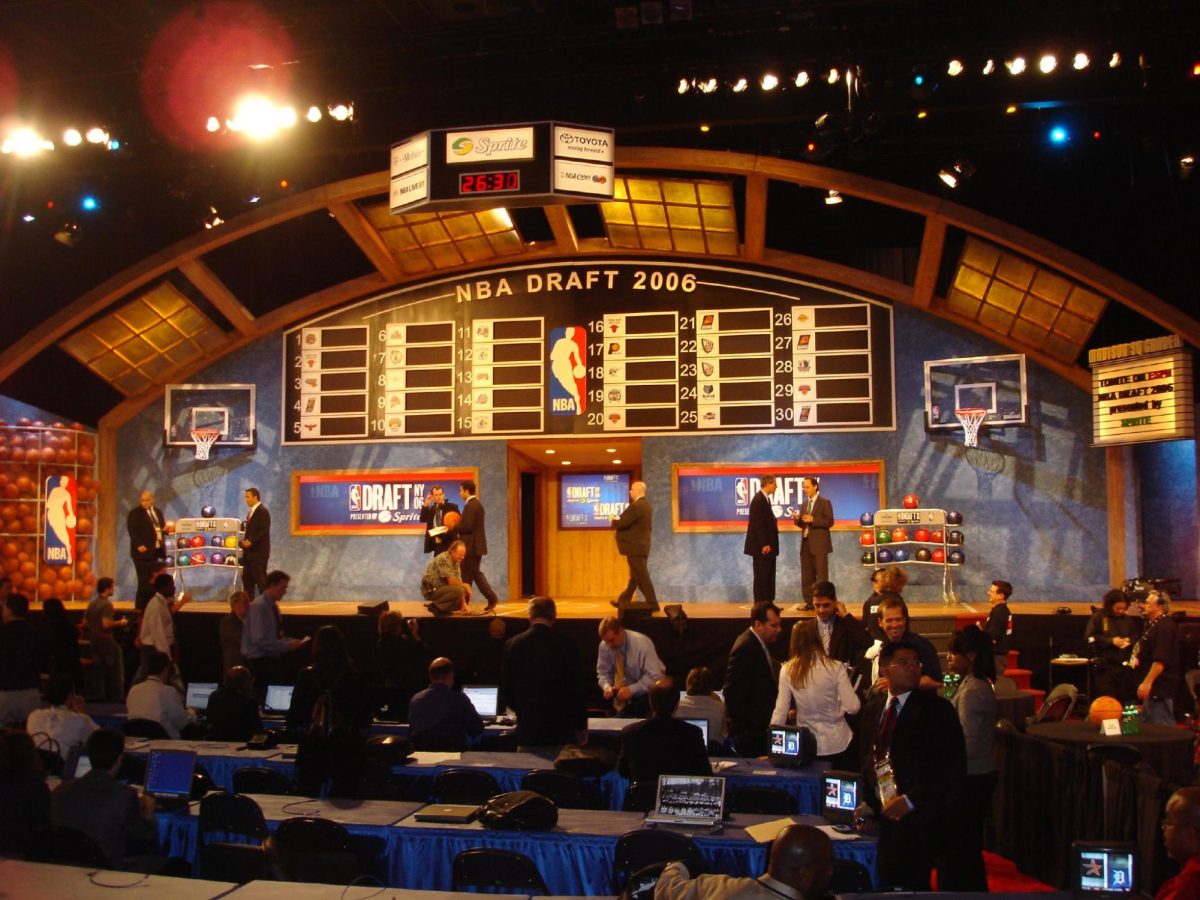
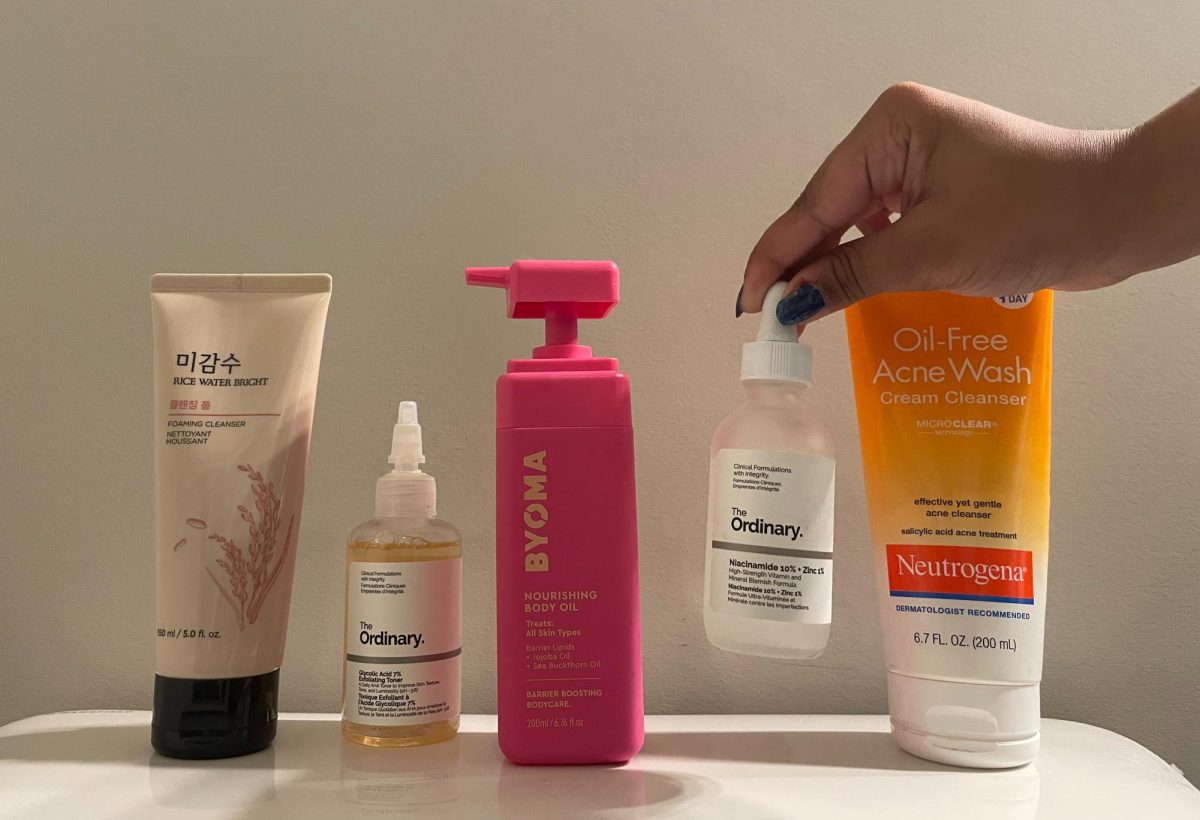
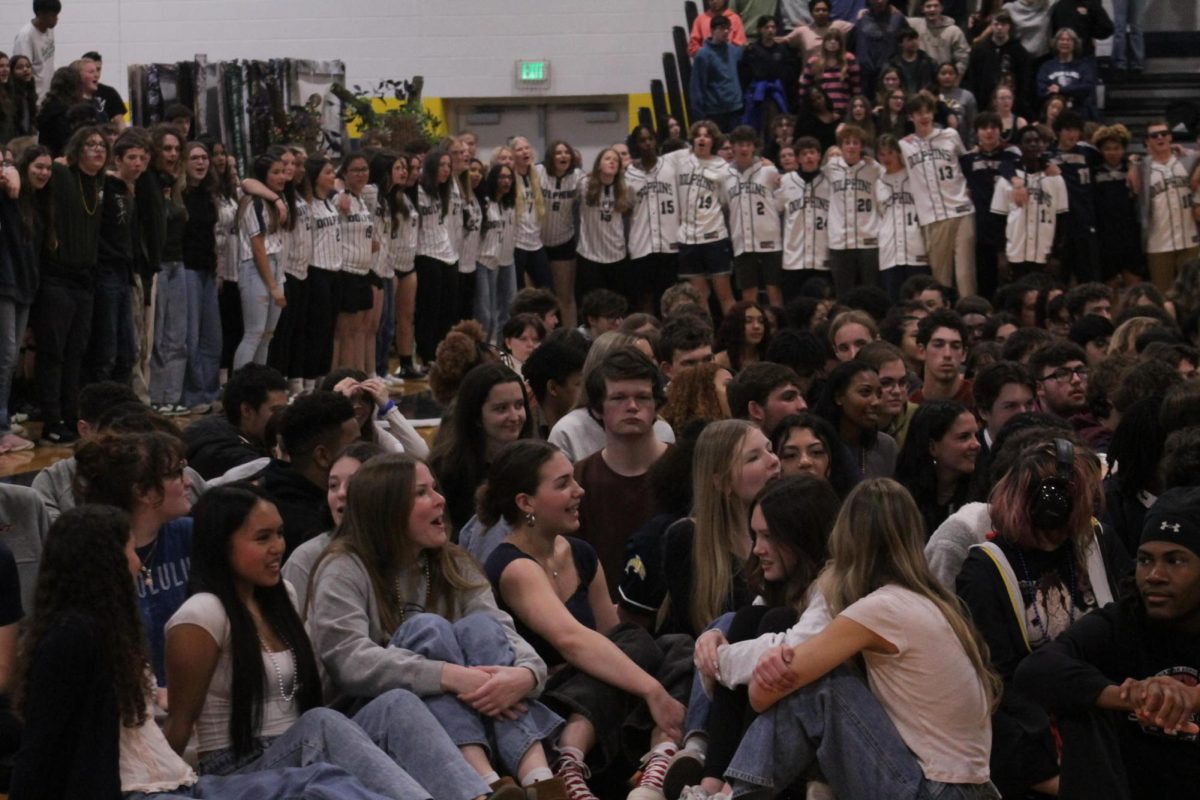


Alex Burgh • Jun 10, 2025 at 5:38 pm
Well stated. My wife and I stopped evening walks along the boardwalk in part due to virtual assaults by electric bikes and careless, rowdy groups intent upon “owning” the space and filling the air with what used to be locker room words. I suppose if these guys (almost exclusively) were in my neighborhood I’d not want them on my lawn either. But I am glad to see it’s not just me.
Melissa Mckendry • Jun 9, 2025 at 9:53 pm
So well said!!
Delta Hinson • Jun 9, 2025 at 8:56 pm
I agree wholeheartedly with this article. We need to stop just thinking about how much money can make at the Oceanfront and start thinking about how safe we can make and the people will come back.